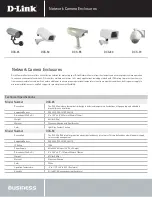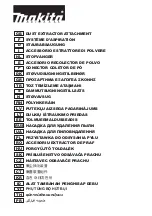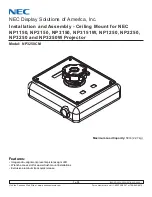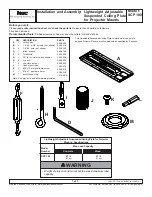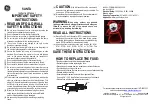
8.
Upon a successful rollback, the
aamount
utility automatically mounts and reattach the kernel
module to the rolled back volume if the target was previously protected and mounted. If not, mount
the rollback volume to the local disk and then verify that the files are restored.
For example, you can use the
sudo mount
command and then the
ls
command.
Launching Bare Metal Restore for Windows machines
AppAssure provides the ability to perform a Bare Metal Restore (BMR) for your Windows machines
whether the hardware is similar or dissimilar. This process encompasses creating a boot CD image,
burning the image to disk, booting up the target server from disk, connecting to the recovery console
instance, mapping volumes, initiating the recovery, and then monitoring the process. After the bare metal
restore is complete, you can continue with the task of loading the operating system and the software
applications on the restored server, followed by your unique settings and configuration.
Other circumstances in which you may choose to perform a bare metal restore include hardware
upgrade or server replacement.
BMR functionality is also supported for your protected Linux machines using the command-line
aamount
utility. For more information, see
Launching A Bare Metal Restore For A Linux Machine
.
Roadmap for performing a Bare Metal Restore for a Windows machine
To perform a BMR for a Windows machine:
1.
Create a boot CD.
2.
Burn the image to disk.
3.
Boot the target server from the boot CD.
4.
Connect to the recovery disk.
5.
Map the volumes.
6.
Initiate the recovery.
7.
Monitor the progress.
Creating a bootable CD ISO image
To perform a BMR for a Windows machine, you must create a bootable CD/ISO image in the Core
Console, which contains the AppAssure Universal Recovery Console interface. The AppAssure Universal
Recovery Console is an environment used to restore the system drive or the entire server directly from
the AppAssure Core.
The ISO image that you create is tailored to the machine being restored; therefore, it must contain the
correct network and mass storage drivers. If you anticipate that you will be restoring to different
hardware from the machine on which you are creating the boot CD, you must include storage controller
and other drivers in the boot CD see
Injecting Drivers in a Boot CD
.
NOTE: The International Organization for Standardization (ISO) is an international body of
representatives from various national organizations who determine and set file system standards.
The ISO 9660 is a file system standard that is used for optical disk media for the exchange of data. It
supports various operating systems, such as Windows. An ISO image is the archive file or disk image,
which contains data for every sector of the disk as well as the disk file system.
73































